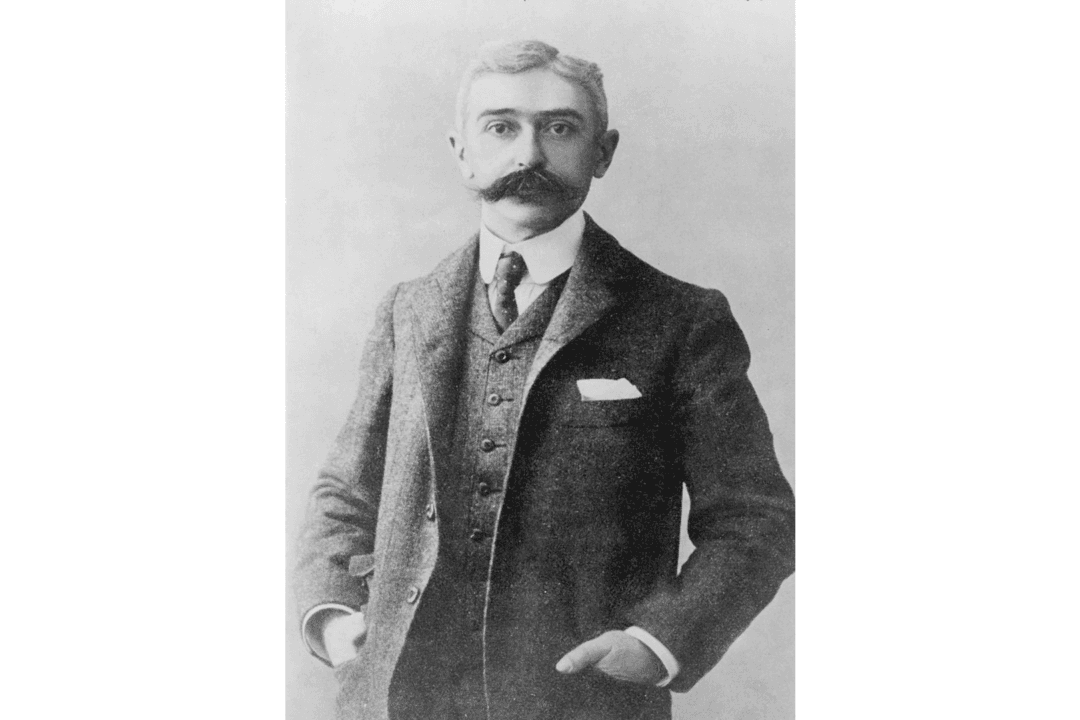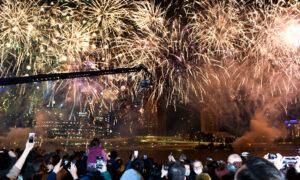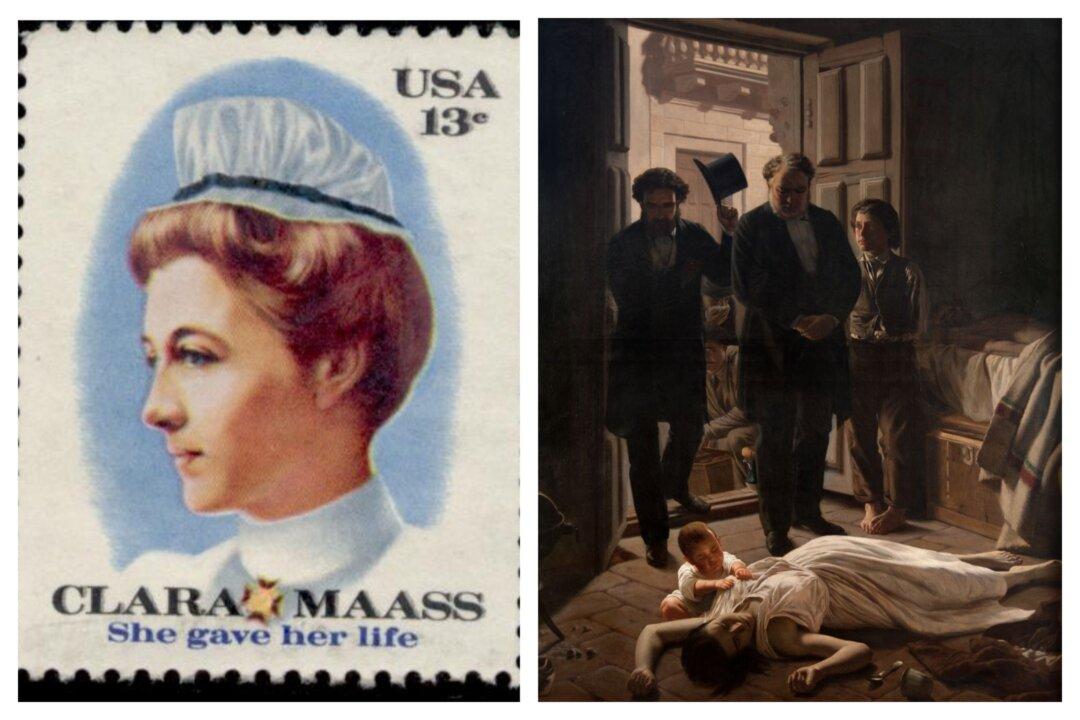French educator and historian Pierre de Coubertin founded the International Olympic Committee (IOC) in 1894 to revive the Games and the original intention. From the beginning, Coubertin dreamed that the modern Olympics would incorporate the achievements of the mind as well as the body. He wanted to include artists.
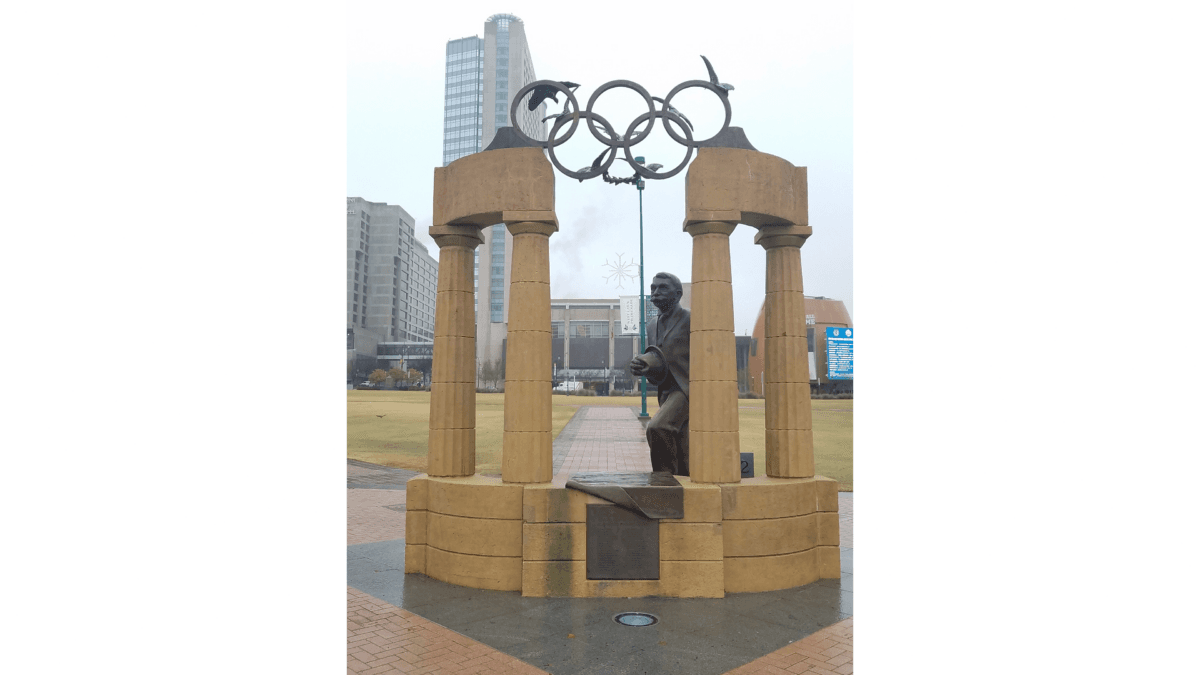
During the first two Olympic competitions, Coubertin wasn’t able to include creative achievements in the event due to time constraints, and members of the IOC refused to make any late changes.
The Stockholm Games
Coubertin’s dream finally took shape in 1912 when the Olympic Games in Stockholm added competitions in sculpture, architecture, music, painting, and literature. Coubertin himself was the first to win a gold medal in literature with his poem, “Ode to Sports,” written under the pseudonyms Georges Hohrod and M. Eschbach.The rules initially indicated that all pieces of art had to be original and made specifically for the competition. All artwork submitted had to be related to sports, in some way. Like the victorious athletes, the winning artists stood on the podium and received their medals.
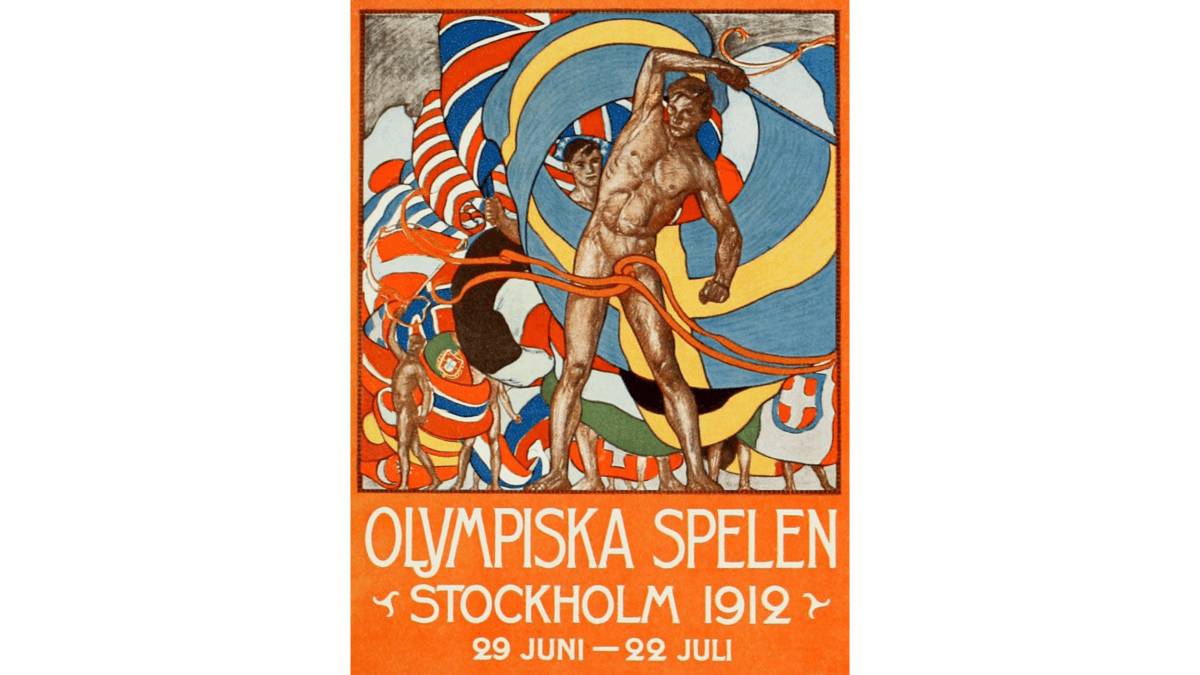
At first, the art community had mixed feelings about the competitions. Many didn’t like the idea of combining competition and art. Some artists feared losing could damage their reputation. Some didn’t trust how the artwork would be judged.
Double Winners
Between 1912 and 1952, 151 medals were awarded to original, sports-inspired works of art. American Walter Winans was the first to win a gold in both art and sports; he took the top prize in sculpture in 1912 after earning first place in shooting four years prior. Hungarian swimmer Alfred Hajos later repeated Winans’s feat by winning two gold medals in swimming in 1896, then winning a silver medal in architecture in 1924.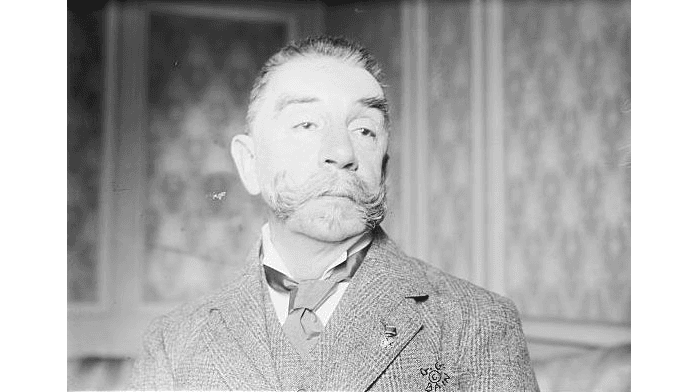
Coubertin passed away in 1937. His dream of glorifying the ancient Olympiad open to those skilled at both art and sports slowly faded within the Olympic community. After the 1948 Olympic Games, the new IOC leadership started questioning art competitions. Critics said that art was subjective and impossible to judge fairly. Moreover, the IOC had a strict amateurs-only policy when it came to athletes, and they felt it wasn’t fair to let professional artists compete, especially since many sold their work at the competitions.
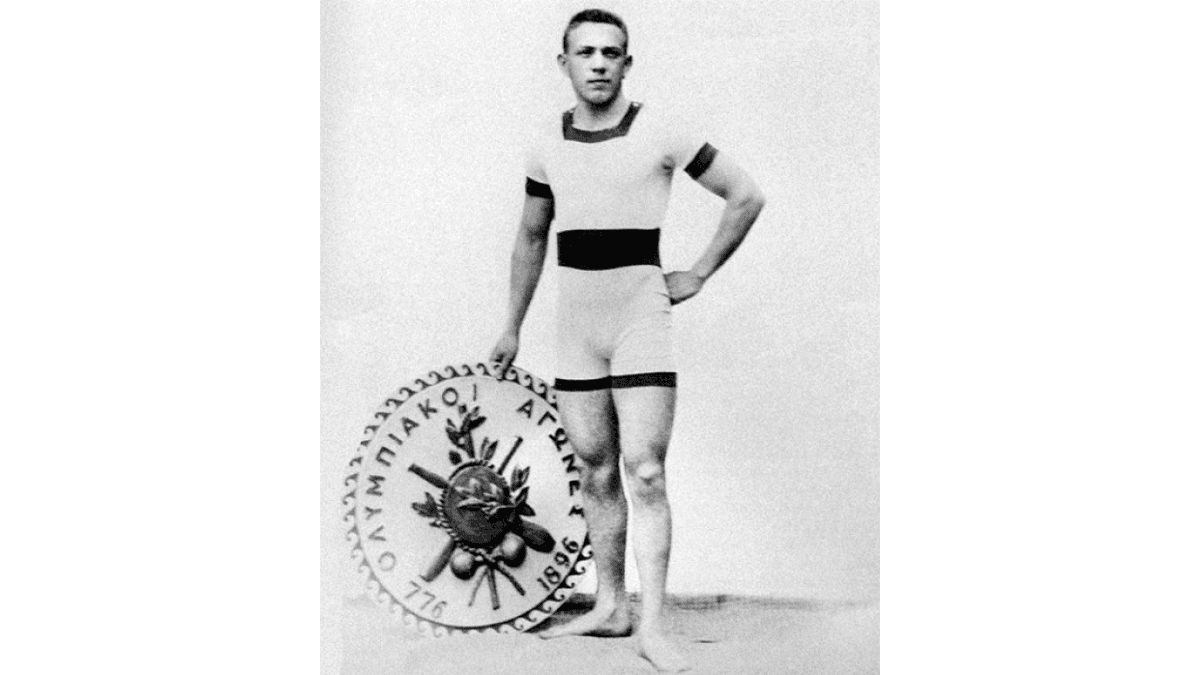
In 1949, IOC members voted to end the art competitions and replace them with exhibitions instead. A few years later, the committee stripped away all art competition medals from official national medal counts.
O Sport, delight of the Gods, distillation of lift! In the grey dingle of modern existence, restless with barren toil, you suddenly appeared like the shining messenger of vanished ages, those ages when humanity could smile. And to the mountain tops came dawn’s first glimmer, and sunbeams dappled the forest’s gloomy floor.
What arts and culture topics would you like us to cover? Please email ideas or feedback to [email protected]
